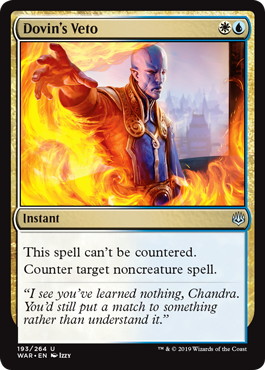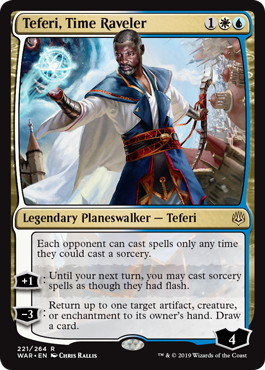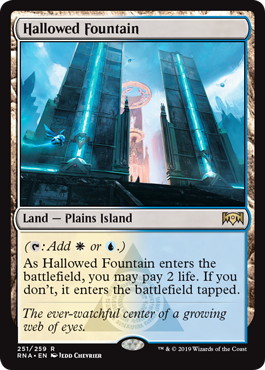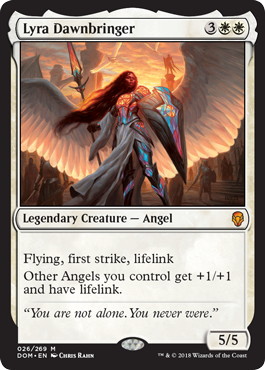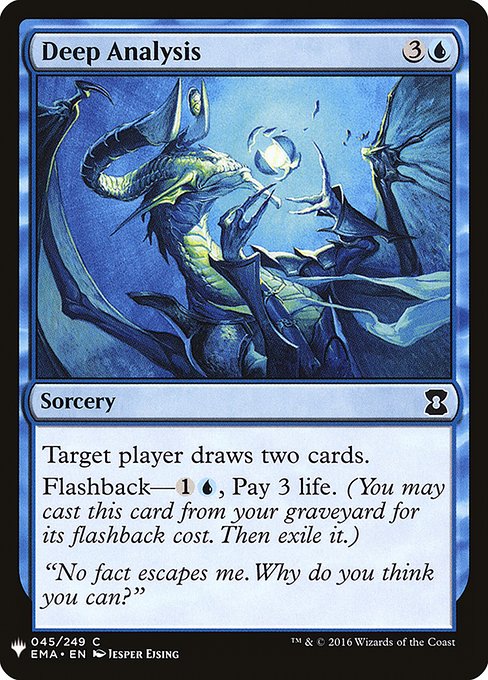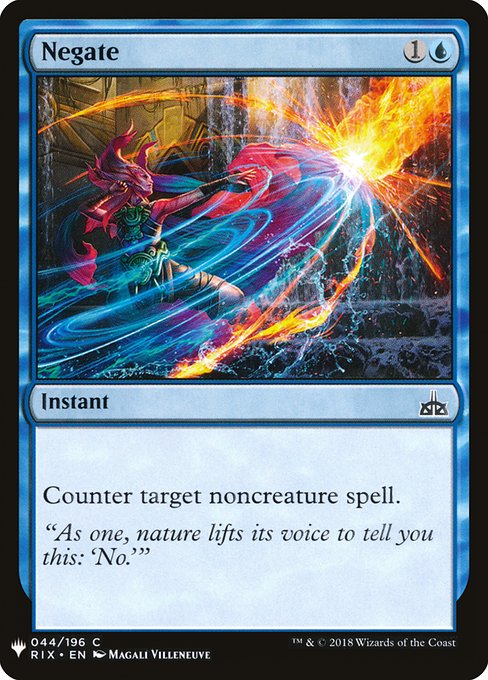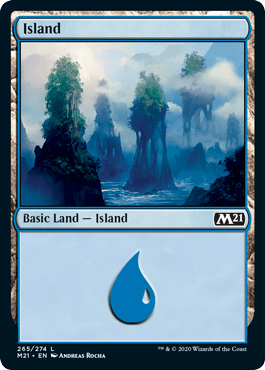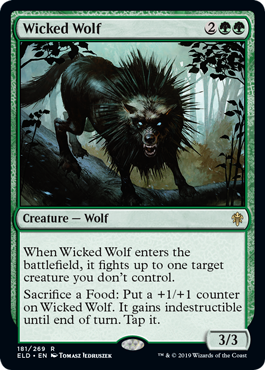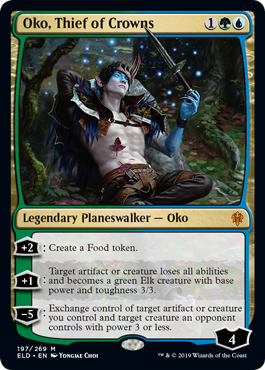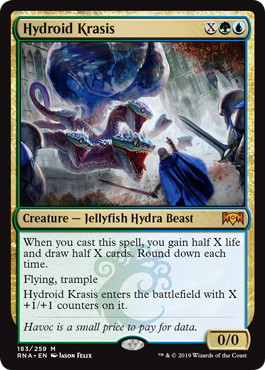Introduction
Hello Ladies and gentlemen. Today, we are going to examine the type of play known as “Bluffs”. Bluffs are a type of plays used in Magic mostly to sneak in advantages, by creating a false perception of the game state, in the mind of your opponent.
But not all bluffs are equal, not all bluffs serve the same purpose, and not all bluffs that failed were necessarily bad, nor were all successful bluffs necessarily good. In this article I will try to give a small guide to the following:
1. Why Would You Make a Bluff?
In Magic, the most common reason why someone would make a bluff, would be because they had determined one of 3 things:
These are the basest level of bluffs, which can lead to small advantages moving forward in the game. There is however a different type of bluff not often utilized in the game of magic. At least not very much so consciously, those are bluffs made to obscure information.
In poker terms these plays are often described as balancing your range in a certain situation. While not directly applicable to magic the same way it is in poker, these bluffs can actually serve a strong role in Magic gameplay. Magic like poker is a game of limited information, meaning that what players are most actively trying to figure out, is the optimal way to combat an opponent’s perceived plans for the game, the plans are almost never known, due to the hidden information in your opponents’ hand. This makes one of the most powerful strategic moves in a game of Magic, convincing the opponent of the presence of a certain card or type of card in your hand, while it remains absent.
The most commonly applied version of this bluff, is the playing of untapped Shock lands, to represent various iterations of counterspells for critical turns in constructed, like playing an untapped second land to represent 《Dovin’s Veto》 against a potential incoming 《Teferi, Time Raveler》 while on the draw.
However these plays can be used in many other situations, holding up 4 mana with your Cycling deck, in order to represent 《Zenith Flare》, simply to discourage your opponent from using their mana. Making an attack, which makes it look like you hold a combat trick, so you can continuously use that information against the opponent during the game and so on.
For that same reason a last type of bluff exists, the physical bluff, we’ve all heard about the old Pen trick, where when a player is about to attack the opponent fiddles with/picks up their pen to create the illusion, that a potential attack will pass through unblocked. Meanwhile having bad intentions for whatever the attack may be. This last type of bluff spreads through trying to mimic a number of natural mannerisms, displayed by people while playing magic, or while feeling stressed, depending on the situation.
Within the Magic community, many iterations of these types of bluffs have been discussed over the years as being underhanded tactics, angle shooting or whatever. At the base of it however, all they are is the misrepresentation of your own state of mind, meant to manipulate the opponent to make a false read on the situation. These reasons are the root cause of almost every bluff in the game of magic, but what is the sauce behind making a successful bluff, a bluff that works?
2. How to Make a “Good” Bluff?
At the core of every good bluff, much like at the core of every good lie, you find the same thing. A story that makes sense. The most common reason that bluffs fail in poker, is because somewhere along the way, the story that you are telling had a chink in its armor, somewhere there something just wasn’t quite right, and the same is true for magic. In order for a bluff to work within the game of magic you need the story that your bluff is telling your opponent to make sense, as soon as it no longer makes sense, you are now relying on your opponent to not find the crack in the logic, and the better your opponent, the more likely they will.
Now what does this mean in practical terms? It could mean a number of different things, in different games, this is why the term “Line of Play” is so often used in Magic, every time someone choses a line of play they make some bluffs more likely, and some bluffs less likely, for instance if you played a Shock land untapped on turn 2 representing 《Dovin’s Veto》 as an answer to one of the blue 3 mana planeswalkers, it makes it less likely that you are holding a 《Mystical Dispute》, which could have been cast without taking the 2 damage, and vice versa. Whenever you choose to make a bluff it needs to be something that has been within your established line of play, for it to make sense to your opponent, that the story you are telling them is actually the truth.
There is one more thing that needs to be present, for a bluff to be good however, and that is the in game leeway for the opponent to get bluffed, if the card you are bluffing, is a card that is unbeatable for your opponent, or even one that puts them in a thoroughly detrimental spot and cannot really be played around. Then bluffing it doesn’t really make a whole lot of sense, and why is that?
Because if the opponent loses, if you have it either way, then they only add to the losing scenarios by playing around it. Therefore, when you are looking to pull off a bluff whether big or small, remember that the opponent needs to have the capacity to take the bluff.
How exactly does this work in practice though? Well the simplest example is one grabbed from limited, let’s say your opponent is tapped out and played something valuable to their overall chances of winning.
Let’s just use 《Lyra Dawnbringer》 as an example, if you then take your 3/3 creature and attack into them while they sit at 16 life, you have all the leverage in the world for the bluff, 《Lyra Dawnbringer》 is a hugely powerful creature and compared to keeping her alive the cost of 3 life seems insignificant, whereas if instead the opponent is sitting at 5 life. Suddenly they don’t have the same compelling reason to not block as they would lose to the combat trick anyway. This is a somewhat rudimentary description of the difference but it also displays it at a very basic level.
3. How to Spot a Bluff?
Now that we have gone through what makes a bluff good and thus giving it the highest chances of working, let’s try and take a seat at the other side of the table. Let’s try to see what we can look for when trying to figure out if the opponent is bluffing in any given scenario.
First off and this might sound like blasphemy to some out there, but unless you have a lot of experience reading physical tells off people, you are probably best off ignoring this factor altogether, it is true that some people who have exceptional skills in this area exist, and those people can derive a lot of information by small mannerisms of the individual in front of them. However, most of us are not these people myself included, and quite honestly, if you are not massively experienced at this, you are likely going to cause yourself at least an equal amount of harm to the good you derive from this information.
Instead, you should look at the play patterns of maybe even the history of your plays with your opponent. Do they just always make an attack in a certain situation, even though logic would dictate that they don’t always have the trick? Do they always play the untapped Shock land on turn 2 even though again logic dictates that the 《Dovin’s Veto》 or 《Negate》 would only be present maybe half the time?
All of these are factors that should contribute whether or not you make the proverbial “Call” and check for the bluff. Look at your opponent’s lines of play throughout the game, or maybe in recent turns, does the play they made make sense with how they played previously? If the answer to these questions is no, you might likely be looking at a bluff, if the answer is yes then you are either looking at a very strong bluff, or more likely, the simple truth.
4. Analysis of One of the More Famous Bluffs in Recent Time
Alright, here comes the big one. In the top 8 of Mythic Championship Ⅵ Paulo Vitor Damo Da Rosa, played a match against Sebastian Pozzo, that includes what is probably the biggest magic bluff in recent history, on the grandest of stages.
Now lets try and analyze this bluff.
Ok so first off, this goes prior to the linked clip but in this game Paulo mulliganned to 5. This doesn’t disqualify him from winning, but does mean that in games like this you need to try to extract the maximal amount of value from every situation as possible, to have a solid chance at winning games.
So, Paulo makes an attack with an 《Island》 animated by 《Nissa, Who Shakes the World》, which is quite relevant to his plans for the future of the game, essentially bluffing, that he is interested in the trade with Sebastian’s 《Wicked Wolf》. Without being privy to Paulo’s actual thoughts in the moment, my guess is that Paulo believes that he needs the value of taking 3 loyalty off 《Oko, Thief of Crowns》 in this spot, to have a more solid chance at winning the game long term.
While this logic tracks with the situation he is in, the risk of making this attack with the 《Island》 is huge, it is not as bad as it sounds in the clip as Paulo can still cast his 《Gadwick, the Wizened》, for X=2 if he loses the 《Island》, but that changes the card from an almost assured game winner, to a solid 《Mulldrifter》. Instead of bringing him far ahead in the game, it would probably put the game on somewhat equal footing. It also needs mentioning that in this situation both players had access to each other’s decklist. But what about the bluff aspect of it all? Does the actual bluff aspect make sense?
The bluff pulled off by Paulo here, is that he is interested in trading the 《Island》 for the 《Wicked Wolf》 on Sebastian’s side, but a number of things actually contradicts this story. First off Paulo is on a mulligan to 5, thus allowing the opponent to make what would be a 2 for 1 trade of the 《Wicked Wolf》 for the 《Paradise Druid》 and an 《Island》, seems extremely detrimental to his chances of winning the game.
Secondly Paulo did not activate 《Nissa, Who Shakes the World》 and make the attack with 2 lands instead of one, thus leaving himself no chance to actually kill the 《Oko, Thief of Crowns》, also making the no block a little more interesting for Sebastian, but lastly it signals that Paulo has some level of plans for the mana post combat, it bears mention that Paulo’s potential mana without the 《Island》 adds up to a total of 6 for a 《Hydroid Krasis》 and thus making it of low importance for that specific follow up play. With all that said, Paulo not activating the 《Nissa, Who Shakes the World》 to make an attack that would potentially kill 《Oko, Thief of Crowns》, is what is making this attack look suspicious to me.
In conclusion, I actually dislike Paulo’s bluff here, I think that Paulo’s bluff, while successful in the moment, brings too great a risk with it compared to the payoff that is the 3 damage onto 《Oko, Thief of Crowns》, and I think that the bluff looks strange and the block appetizing enough, that the opponent should recognize that something fishy is up, and take the block.
But wait, the bluff worked how come? I think the most recognizable reasons for why this bluff worked was probably 3 folded, first off, I think Sebastian recognized that the 《Island》 was not very relevant for the casting of 《Hydroid Krasis》 as X=4 is not much worse than X=5. Secondly, I think the situation itself was strange enough as is, that simply thinking through everything I have been writing here, might have taken several minutes on the fly. I have had several months to think about this since then, Sebastian had a minute or maybe 2 if lucky to make a decision in the moment, and this play is not one you see very often, and almost no players would risk it the way that Paulo does here, so while I ultimately think that both the bluff and the lack of a block are mistakes, I can see the appeal of the play on both sides.
All in all, my conclusion of this play is that, I think that Paulo makes an attack that he should not have made, it had little impact on how the rest of the game plays out in a number of spots, I am however sure that Paulo has a lot of other scenarios in his mind, that has this play resulting in a better outcome for him compared to not attacking.
As for Sebastian’s no block, my guess is that Sebastian got caught up in the situation, and struggled to find the real reason behind Paulo’s attack, and decided on what he considered the safer option. Not to take the trade, a play while I consider it a mistake in a world of perfect analysis, Sebastian didn’t have several hours to look at the clip and make his decision, like I did.
Conclusion
To sum up everything and tie it in a neat little bow:
I hope this served as a bit of knowledge of what actually goes into making a good bluff and how you spot them, and I hope to hear plenty of stories of bluffs you yourself have pulled off using these theories in the future.
Thank you for reading.
Kasper Nielsen (Twitter)



